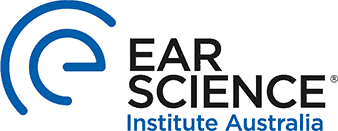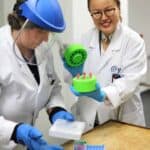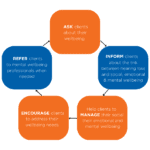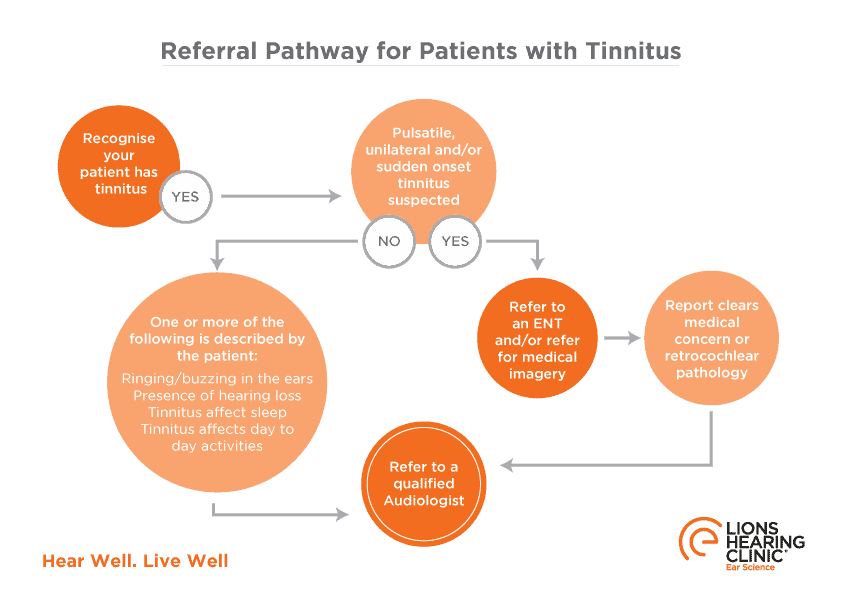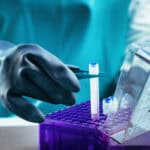When you meet someone with Usher Syndrome the thing that strikes you most is their outlook on life and positive attitude. A genetic condition, affects a person’s balance, vision and hearing. With three different types of Usher Syndrome, each has its own level of sensory loss and the age at which it begins to impact the person most.
“These differences arise because not all patients have the same gene mutation, as there are at least 11 different gene mutations that result in Usher Syndrome,” Ear Science Institute Australia Head of Cellular Research Department Associate Professor Rodney Dilley explains.
“The mutation affects a common protein that is present in cells of ears and eyes. As this genetic disorder has a well-defined cause, patients with this condition have become the primary focus group of our latest research.”
Prof Dilley and his team are investigating new discoveries in stem cell technology and gene editing techniques to develop treatments for hearing impairment in Usher Syndrome patients who can have a significant and disabling vision and hearing impairment.
“Put simply, new gene-editing techniques allow us to correct the mutated genes and restore normal cell function,” Prof Dilley said. “Because we know which mutation occurs in each of the Usher Syndrome patients, we can provide a tailored approach to match each specific mutation.”
Currently, in the early stages of research, Ear Science is investigating stem cell research for Usher Syndrome patients in collaboration with Lions Eye Institute’s Professor Fred Chen, with each organisation working on solutions for its primary interest.
The teams are reprogramming Usher patient cells to create pluripotent stem cells, the most rudimentary form of a human cell, and then, through highly skilled and precise gene editing, test methods for making cochlear hair cells for hearing and retina cells for sight. These will then be delivered back into the same patient.
“Immune rejection is likely reduced with this method, as opposed to using cells from other patients, as it is their own cells,” Prof Dilley said.
“We need to work out how we get these cells back into the patient in such a way that not only does the body accept them but that they survive and perform as per normal cochlear hair cells.
“These are complex treatments and it can take roughly a decade before we have the answers but the potential for this treatment does not only impact people with Usher Syndrome but anyone with hearing loss.
“Imagine if instead of a hearing aid, you received a cochlear hair cell transplant. That is the future we are hoping for all people with hearing loss due to damaged cochlear hair cells.”
This is one of the projects conducted at Ear Science with others, including the 3D printing of ear structures, wound healing and further development and testing of silk membranes, all being done in the aim of making treatments and cures for ear and hearing disorders.
“Our research teams are always focused on translational research, the type that delivers an outcome that can help the patient,” Ear Science Director and surgeon-scientist Professor Marcus Atlas said.
“The patient is of paramount concern to us in everything we do and this is why our Usher Syndrome research is so important, to the people with the condition and to the billion people around the world with hearing loss who can benefit from these findings.”
As a not-for-profit organisation, funding for research at Ear Science comes from reinvested funds from other areas of the institute, grants and support from donors through its charity, the Gift of Hearing Appeal.
If you would like to support and donate to this research project, click here.
